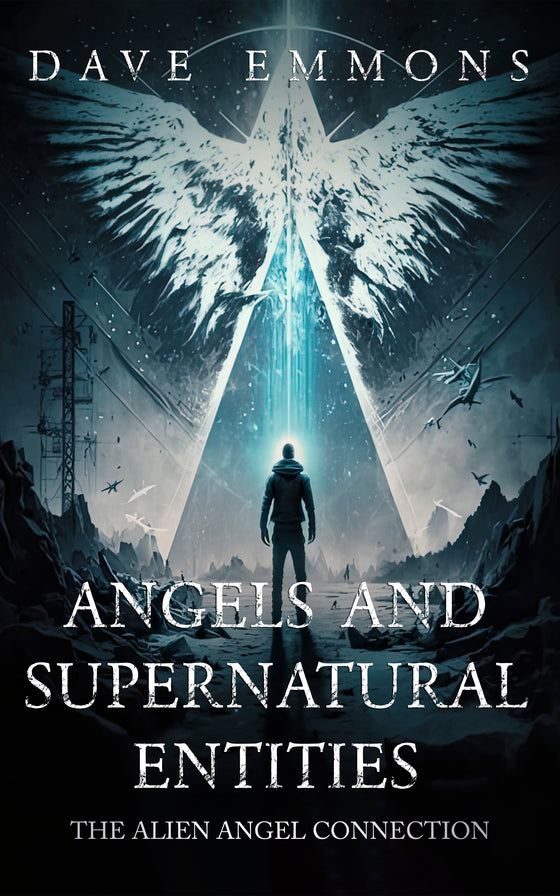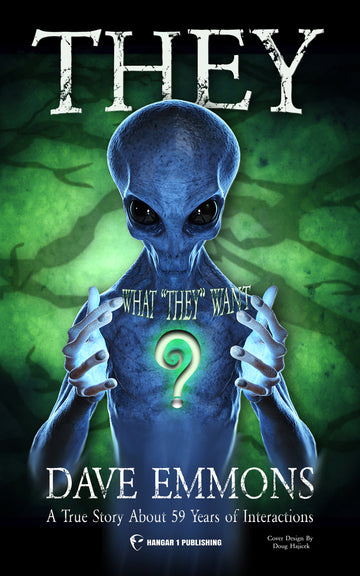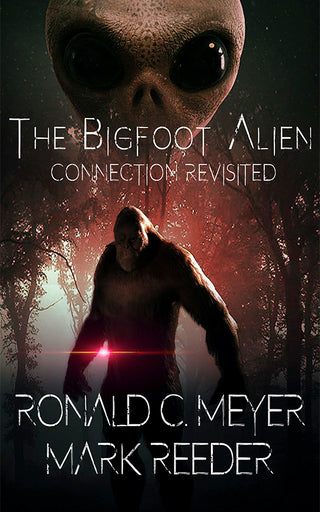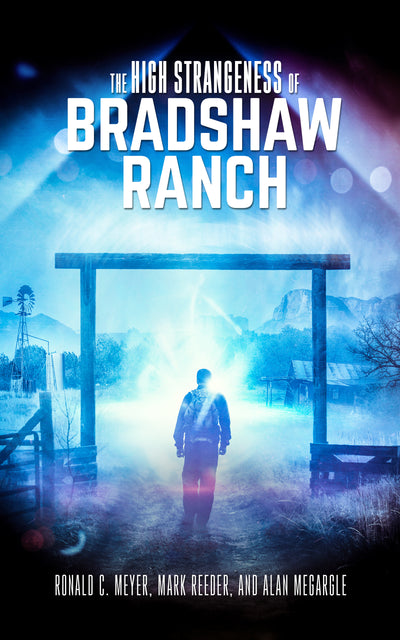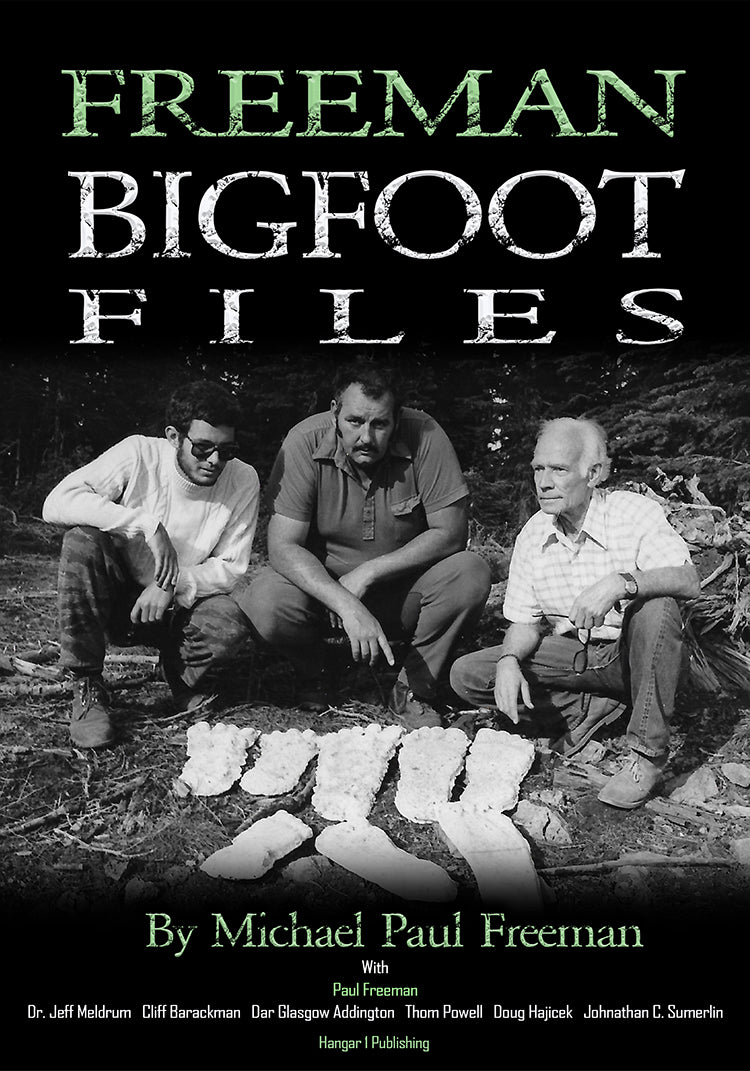The Mogul Balloon Explanation (Roswell): A Forensic Look at the Evidence

By Elaine Westfield, Ufologist
I've spent years working with people who report extraordinary experiences. My clinical practice has introduced me to individuals whose encounters defy easy categorization, and I've learned to approach the unknown with both rigorous skepticism and genuine openness. So when I examine the Roswell incident and the Mogul balloon explanation, I'm not doing it to close a door. I'm doing it because serious research demands we separate what we can verify from what we want to believe.
The Roswell case sits at the heart of modern UFO mythology. But here's what fascinates me as a psychologist: the story we know today looks almost nothing like what happened in July 1947. Understanding why requires us to examine both the physical evidence and the human factors that shaped how memories and stories evolved over three decades.
What Was Project Mogul?
Project Mogul was a Top Secret, Priority 1A program designed to detect Soviet nuclear tests. Conceived in the paranoid dawn of the Cold War, it used high-altitude balloons to carry acoustic sensors into a layer of the atmosphere where sound from a nuclear detonation could travel vast distances.
The secrecy surrounding Mogul was extreme. The program was so compartmentalized that even highly cleared officers at Roswell Army Air Field likely had no idea it existed. This matters. When we ask how experienced military personnel from the nation's only nuclear-armed unit could mistake balloon debris for something exotic, the answer lies in classification walls. They weren't incompetent. They were outside the need-to-know circle.
The equipment on Mogul balloon trains was experimental. While the balloons themselves were standard meteorological types, the arrays stretched over 600 feet and carried radar reflectors, sonobuoys, and specialized instruments. Someone unfamiliar with the program wouldn't recognize what they were looking at.
48 Hours That Created a Legend
The events unfolded with disorienting speed. Around July 7, 1947, rancher W.W. "Mac" Brazel brought samples of unusual debris he'd found on his property to the Roswell sheriff. The sheriff contacted the base. Major Jesse Marcel, the 509th Bomb Group's intelligence officer, drove out to collect material.
On the morning of July 8, the base's public information officer released a statement that announced the recovery of a "flying disc." The story went global within hours.
By that afternoon, the debris had been flown to Eighth Air Force headquarters in Fort Worth. Brigadier General Roger Ramey held a press conference where he and his weather officer identified the material as a weather balloon with a radar target. Newspapers ran headlines like "Army Debunks Roswell Flying Disk."
The story died. For thirty years, almost no one talked about Roswell.
The Debris: What Did People Actually Describe?
This is where my training kicks in. When evaluating testimony, the closer to the event, the more weight it carries. Memory changes. Stories grow. Details morph through retelling.
The 1947 descriptions from Brazel himself are strikingly specific. He described "tinfoil, a rather tough paper, and sticks." He mentioned "rubber strips" and "considerable scotch tape and some tape with flowers printed upon it." He noted "eyelets in the paper."
Now look at what a Mogul balloon train contained:
- Neoprene balloons that degraded in sunlight into dark, rubbery flakes
- Radar reflectors made of aluminum foil laminated onto paper, attached to balsa wood frames
- Adhesive tape, including decorative tape from a toy company contractor
- Metal eyelets in the paper panels
- Nylon rigging lines
The match between Brazel's 1947 description and the documented Mogul materials is hard to dismiss. Every component he mentioned corresponds to something in the official specifications.
The Strange Case of the Flower Tape
One detail has always seemed too weird to be mundane: witnesses described tape with purplish-pink symbols that looked like flowers or hieroglyphics. Jesse Marcel's son remembered strange markings on I-beam-like struts.
The Air Force investigation traced this to an unexpected source. During World War II, material shortages forced contractors to improvise. The toy or novelty company that manufactured some radar reflectors used its existing stock of decorative tape to reinforce seams. Project engineers Charles B. Moore and Colonel Albert Trakowski both independently recalled seeing this patterned tape on 1947 equipment.
A mundane explanation, yes. But also a perfect example of how real details can seem impossible until you understand their context.
The Flight 4 Problem
The USAF identified NYU Flight No. 4, launched June 4, 1947, as the probable source of the debris. And here's where skeptics of the Mogul explanation make their strongest argument.
The field diary of Dr. Albert P. Crary, a key Mogul scientist, reportedly contains a "no launch" notation for June 4 due to cloudy weather.
This is a genuine gap in the record. If Flight 4 never flew, it couldn't have crashed on Brazel's ranch.
Moore later argued that while a planned daytime launch may have been scrubbed, meteorological data supports an early morning launch. Tracking equipment for that flight failed shortly after launch, meaning the team never recovered it. This would explain why it wasn't logged as a recovered flight and why its debris remained in the desert for weeks.
Does this fully resolve the discrepancy? No. The diary entry creates reasonable doubt about the specific Flight 4 attribution. But other unrecovered Mogul flights occurred during this period, and the debris descriptions still match Mogul materials regardless of which specific flight it came from.
Where Did the Alien Bodies Come From?
Here's where my work in psychology becomes most relevant. The alien body stories didn't emerge until more than 30 years after the event. That gap matters enormously.
I've studied how memory works over decades. We don't store experiences like video files. We reconstruct them each time we remember, blending original details with things we learned later, heard from others, or imagined. The longer the interval, the more opportunity for contamination.
The body claims first appeared after Stanton Friedman interviewed Jesse Marcel in 1978. Marcel claimed the material was "not of this earth" and that the government had switched debris. This interview became the foundation for the 1980 book The Roswell Incident, which introduced alien crash narratives to mass audiences.
The Air Force's 1997 "Case Closed" report offers a psychological explanation I find compelling: time compression. Witnesses were accurately remembering real events involving bodies or human-like figures. They just weren't from 1947.
Test Dummies and Real Tragedies
From 1953 to 1959, the Air Force conducted high-altitude balloon drops over New Mexico using anthropomorphic test dummies. These dummies had plastic skin. They wore flight suits. When they crashed, they sometimes lost limbs or sustained damage that made them look grotesque. Military teams recovered them from remote desert locations.
Imagine being a civilian who glimpses uniformed personnel loading small, damaged, non-human figures into vehicles. What story might you construct from that fragment?
Real tragedies occurred too. A 1956 KC-97 tanker crash near Walker AFB killed 11 people. Bodies were severely burned and dismembered. A 1959 balloon mishap left a pilot with terrible facial injuries. Secondhand stories of unusual activity and strange-looking "bodies" at the base hospital could easily originate from these documented tragedies rather than a 1947 saucer crash.
When witnesses waited 40 years to share memories of alien bodies, their brains had decades to blend separate events into a single narrative that felt true even if it wasn't historically accurate.
The Media Machine That Built the Myth
The 1978 Friedman-Marcel interview triggered a cascade. The 1980 book spread the story. Television amplified it. A 1989 segment on Unsolved Mysteries cemented visual iconography in public consciousness. The 1994 Showtime movie Roswell dramatized the cover-up narrative. Then came the 1995 "Alien Autopsy" footage on Fox, which was eventually revealed as a hoax but became a cultural phenomenon.
By the time serious investigators began examining primary documents, the alien crash story had become Roswell's identity. The town built its economy around it. The International UFO Museum opened. Annual festivals drew thousands.
This isn't a conspiracy. It's how narratives evolve when they meet human psychology and economic incentives.
What the Records Actually Show
In 1995, Congressman Steven Schiff requested a Government Accountability Office investigation into Roswell. Researchers searched FBI, DOD, CIA, and National Security Council archives.
They found that Roswell AAF administrative records from 1945-1949 had been destroyed. This fact fuels cover-up theories, understandably.
But the surviving documents tell a consistent story. The most relevant find was a July 8, 1947 FBI teletype identifying the object as a high-altitude weather balloon with a radar reflector. No contemporaneous records from any agency mention alien bodies, spacecraft, or anything suggesting an extraterrestrial recovery.
Zero physical evidence of exotic origin exists today. If "airplane loads" of alien material were recovered, as some later accounts claim, where is it?
Why This Matters for Serious Research
I take anomalous experiences seriously. My clinical work has shown me that something genuinely strange is happening to some people. Their experiences deserve investigation, not ridicule.
But that same commitment to serious inquiry demands I apply consistent standards. When 1947 debris descriptions match documented military equipment. When body claims only emerge 30+ years later. When parallel events provide plausible sources for "time compressed" memories. When no physical evidence supports the extraordinary claim. The evidence points toward Mogul.
Accepting this doesn't mean closing the door on the larger UAP question. Contemporary incidents often have multi-sensor data, pilot testimony recorded close to events, and institutional acknowledgment that something unexplained is occurring. Those cases deserve attention.
The Roswell lesson isn't that UFOs don't exist. It's that Cold War secrecy, public excitement, and the malleability of human memory can combine to create powerful myths from mundane origins. Knowing this makes us better investigators of the cases that remain genuinely unexplained.
The Questions That Remain
I want to be honest about gaps. Full resolution would require:
- Original, complete flight logs for all June-July 1947 balloon launches from Alamogordo
- Higher-resolution scans of the memo General Ramey held in Fort Worth photographs
- Procurement records from the toy company that supplied decorative tape
- The authorization document for destroying Roswell AAF's 1945-1949 records
Until those surfaces, I hold my conclusions with appropriate uncertainty. The Mogul explanation is highly probable based on available evidence. But probability isn't certainty, and good researchers remain open to revision.
What I won't do is let the romance of the alien crash narrative override what the primary sources actually show. The truth matters more than the story we wish were true.
From Bigfoot to UFOs: Hangar 1 Publishing Has You Covered!
Explore Untold Stories: Venture into the world of UFOs, cryptids, Bigfoot, and beyond. Every story is a journey into the extraordinary.
Immersive Book Technology: Experience real videos, sights, and sounds within our books. Its not just reading; its an adventure.








